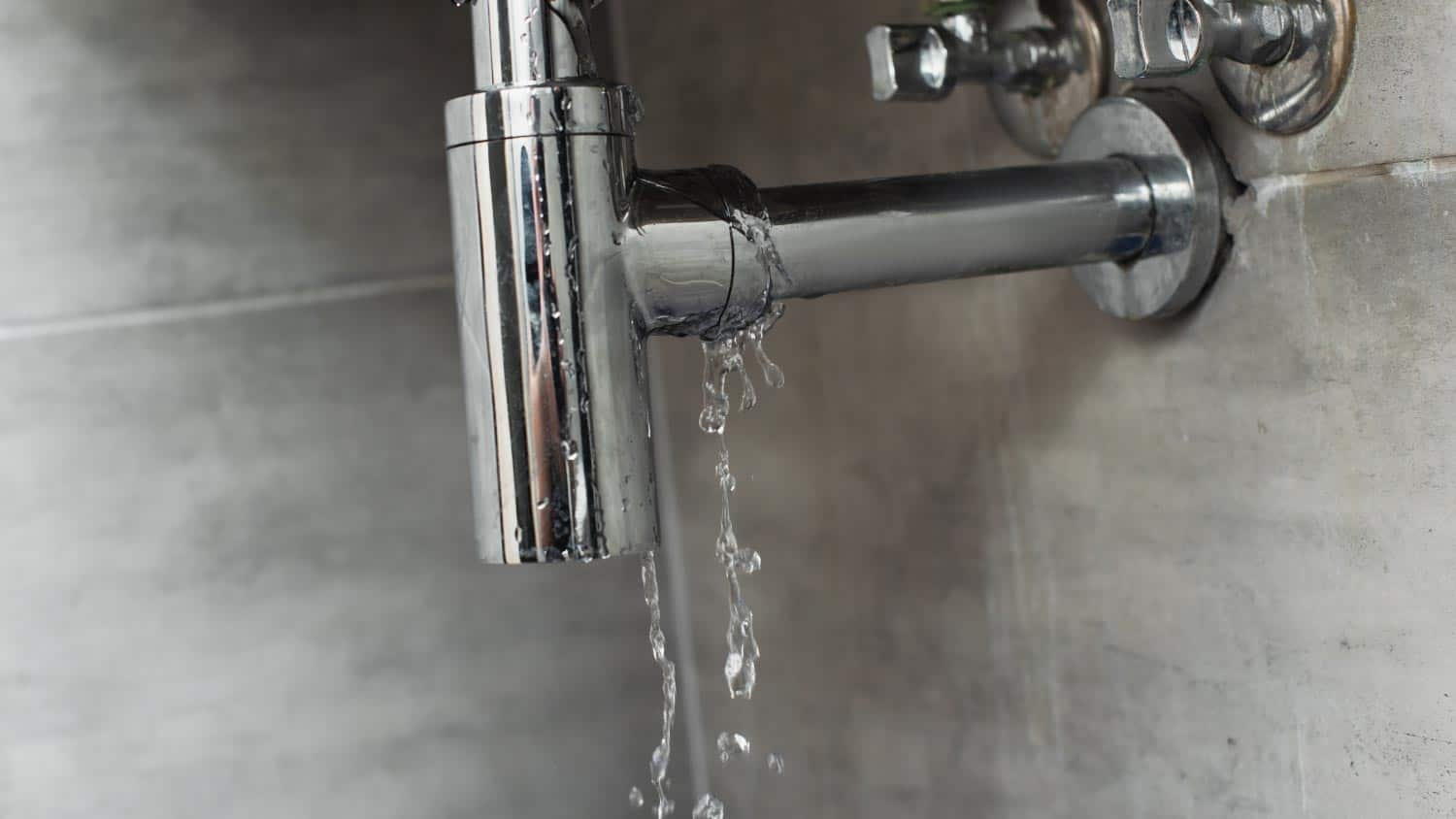6 Ways to Find Hidden Water Leakages in Your House
6 Ways to Find Hidden Water Leakages in Your House
Blog Article
Were you in search of information and facts on Detecting hidden plumbing leaks?

Early discovery of leaking water lines can mitigate a potential disaster. Some little water leakages might not be visible.
1. Examine the Water Meter
Every house has a water meter. Inspecting it is a guaranteed way that assists you uncover leaks. For starters, turn off all the water sources. Make sure no person will flush, use the faucet, shower, run the cleaning equipment or dish washer. From there, most likely to the meter and also watch if it will alter. Since no person is utilizing it, there need to be no activities. If it moves, that shows a fast-moving leak. If you identify no adjustments, wait an hour or two and check back once more. This means you might have a slow leak that could also be underground.
2. Check Water Intake
If you spot unexpected changes, in spite of your consumption being the exact same, it indicates that you have leaks in your plumbing system. A sudden spike in your bill shows a fast-moving leakage.
At the same time, a consistent rise monthly, even with the exact same habits, reveals you have a slow leak that's also gradually rising. Call a plumber to thoroughly examine your building, specifically if you feel a cozy location on your floor with piping underneath.
3. Do a Food Coloring Examination
When it comes to water usage, 30% originates from commodes. Test to see if they are running appropriately. Decrease flecks of food shade in the storage tank and wait 10 minutes. There's a leak in between the storage tank as well as bowl if the color in some way infiltrates your bowl throughout that time without flushing.
4. Asses Outside Lines
Don't fail to remember to check your outside water lines too. Should water seep out of the connection, you have a loosened rubber gasket. One tiny leakage can squander tons of water as well as surge your water costs.
5. Assess the scenario and check
Property owners should make it a routine to check under the sink counters and even inside cabinets for any type of bad odor or mold development. These 2 warnings indicate a leakage so punctual attention is called for. Doing routine assessments, also bi-annually, can conserve you from a significant trouble.
Examine for discolorations and damaging as most home appliances and also pipes have a life expectations. If you suspect dripping water lines in your plumbing system, do not wait for it to intensify.
Early detection of leaking water lines can alleviate a possible calamity. Some tiny water leakages might not be noticeable. Checking it is a surefire way that aids you find leaks. One small leakage can lose heaps of water and also surge your water costs.
If you believe leaking water lines in your plumbing system, do not wait for it to rise.
WARNING SIGNS OF WATER LEAKAGE BEHIND THE WALL
PERSISTENT MUSTY ODORS
As water slowly drips from a leaky pipe inside the wall, flooring and sheetrock stay damp and develop an odor similar to wet cardboard. It generates a musty smell that can help you find hidden leaks.
MOLD IN UNUSUAL AREAS
Mold usually grows in wet areas like kitchens, baths and laundry rooms. If you spot the stuff on walls or baseboards in other rooms of the house, it’s a good indicator of undetected water leaks.
STAINS THAT GROW
When mold thrives around a leaky pipe, it sometimes takes hold on the inside surface of the affected wall. A growing stain on otherwise clean sheetrock is often your sign of a hidden plumbing problem.
PEELING OR BUBBLING WALLPAPER / PAINT
This clue is easy to miss in rooms that don’t get much use. When you see wallpaper separating along seams or paint bubbling or flaking off the wall, blame sheetrock that stays wet because of an undetected leak.
BUCKLED CEILINGS AND STAINED FLOORS
If ceilings or floors in bathrooms, kitchens or laundry areas develop structural problems, don’t rule out constant damp inside the walls. Wet sheetrock can affect adjacent framing, flooring and ceilings.
https://www.servicemasterbyzaba.com/blog/how-to-detect-water-leakage-in-walls/

Do you appreciate more info about Hacks to detect leaks? Put a remark below. We would be glad to hear your insights about this entry. We are looking forward that you come back again before long. Are you aware of anybody else who is in the market for the subject? Why not share it. Thanks for your time. Visit again soon.
Report this page